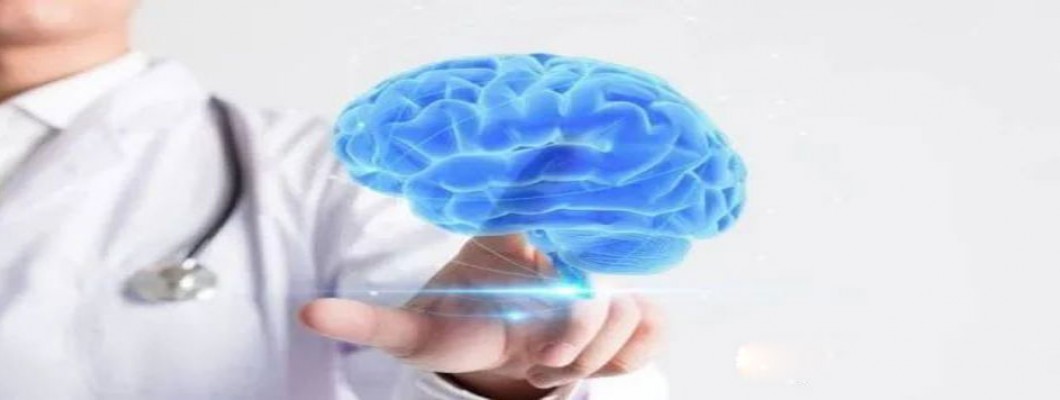
According to an article in the Journal of the American Medical Association, the brain starts to age at the age of 30; after the age of 40, the body's metabolism slows down and brain cell function decreases, resulting in reduced physical strength, memory, reflexes, orientation and physical coordination; after the age of 60, the brain shrinks at a rate of 15% per year. Brain ageing also greatly increases the risk of neurodegenerative diseases such as Alzheimer's disease and Parkinson's disease.
So, can brain ageing be delayed? In terms of lifestyle, good and adequate sleep, an optimistic mindset, a sensible diet, moderate exercise, reading, thinking, etc., all contribute to brain health. In terms of the mechanisms of ageing, all the symptoms of ageing that come with age are closely related to the decline in NAD+ levels in the body, and the health of the brain is no exception.
Recently, a group of studies has shown that treatment with the precursor NMN of NAD+ restores neurovascular coupling (NVC) in aging mice. the lack of NVC appears to be a major factor in age-related decline in cognitive and motor function, so this study provides exciting results for longevity research.
What is neurovascular coupling?
It is the evolutionary advantage of the human brain that has enabled us to remain in the state we are in today and operate a vast array of resources. Although the brain itself accounts for only 2% of the body's mass, cerebral blood flow (CBF) accounts for 15% of cardiac output and 20% of total resting oxygen consumption. Under normal circumstances, cerebral blood flow must be constantly redirected to currently active brain regions and the NVC is the mechanism responsible for this complex operation. However, the CBF/cardiac output ratio decreases with age.
NVC works primarily through vasodilation - that is, by widening blood vessels in areas where increased blood flow is needed. The cellular mechanism behind this involves the production of nitric oxide by endothelial cells within the blood vessels of the brain, leading to vasodilation and optimal brain performance.
There is growing evidence that NVC function declines with age and that this decline is associated with cognitive impairment and the development of dementia in older people, and that certain motor functions are also affected.
Why is NMN needed?
NAD+ is important for many cellular processes and is particularly well known for its role in the electron transport chain. The electron transport chain is the main intracellular energy generating process that occurs in mitochondria. As we age, NAD+ levels gradually decline and mitochondrial function is impaired. NMN supplementation has been shown to reverse age-related dysfunction in a variety of organs in mice for long-term health benefits.
Mitochondrial degeneration leads to increased mitochondrial oxidative stress, which in turn leads to cardiovascular dysfunction and age-related neurovascular damage. Assuming that decreased NVC function is associated with mitochondrial degeneration, the researchers set out to address whether this effect could be reversed by NMN supplementation.
NMN increases NO production through mitochondrial repair.
In this study, aged mice were treated with NMN for a fortnight and then cognitive and motor functions related to the NVC response were assessed.
First, CBF responses were measured by stimulating the mice's whiskers to stimulate a range of brain activities. Initially, senescent mice showed weaker levels of CBF responses, indicating age-related impairment of NVC. After NMN treatment, CBF responses in aged mice were similar to those observed in young mice. MRI analysis showed the same image effect: thus CBF was weaker in aged mice compared to young mice, but NMN treatment significantly increased CBF response levels.
To determine that these effects were primarily due to increased NO production, the researchers administered the NO synthase inhibitor L-NAME to three groups of mice (young mice, untreated aged mice and NMN-treated aged mice.) The results showed that the NVC response was greatly reduced in the young mice, while the response was not detected in the untreated aged mice, while the aged mice treated with NMN showed a reversal of the L NAME effect in response.
In vitro experiments have shown that NMN treatment attenuates age-related mitochondrial oxidative stress in brain microvascular endothelial cells (CMVEC). To determine whether this mechanism affects NO production, the researchers also performed a number of tests using mtROS (mitochondrial reactive oxygen species) inhibitors with different NMN structures. It turned out that these compounds also caused an increase in NO response, so the researchers concluded that the restoration of mitochondrial function via NMN is indeed associated with an increase in NO.
The authors also did several tests of cognitive and motor skills to demonstrate substantial improvements after NMN treatment, such as the water maze test. In this test, mice need to find a floating platform to get out of the water as quickly as possible. The test assesses responses involving consciousness and memory and therefore requires a CBF surge. Older mice supplemented with NMN exhibit working memory recovery to the level observed in younger mice. In addition, gait performance can also detect the effects of improved motor skills. Altered gait is associated with neurovascular dysfunction in older people and in animal models of ageing, and age-related gait problems are a major cause of falls and walking impairment in older people.
Conclusion
NMN supplementation has consistently shown encouraging results in many areas of longevity research. The current study is the first to demonstrate that it can be used to restore NVC and alleviate age-related cognitive and motor problems. As NVC is also impaired in patients with Alzheimer's disease, the authors suggest that NMN has a strong potential to improve cognitive function in Alzheimer's patients.

Leave a Comment